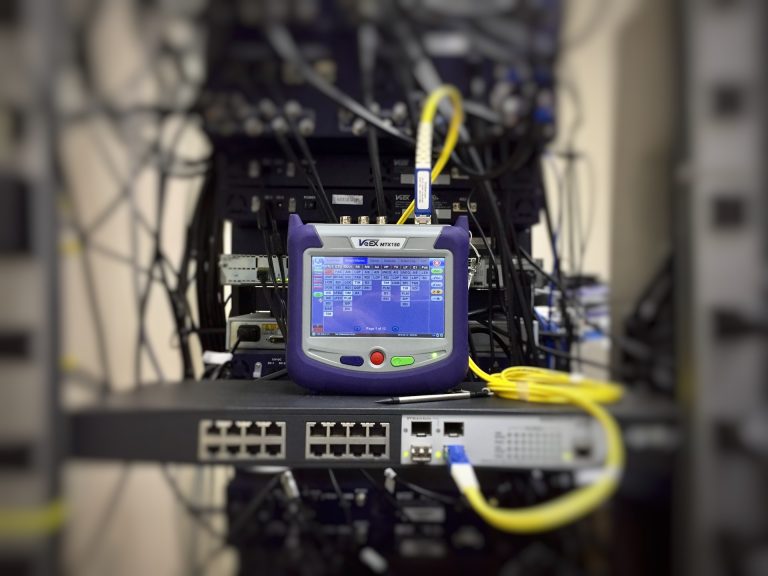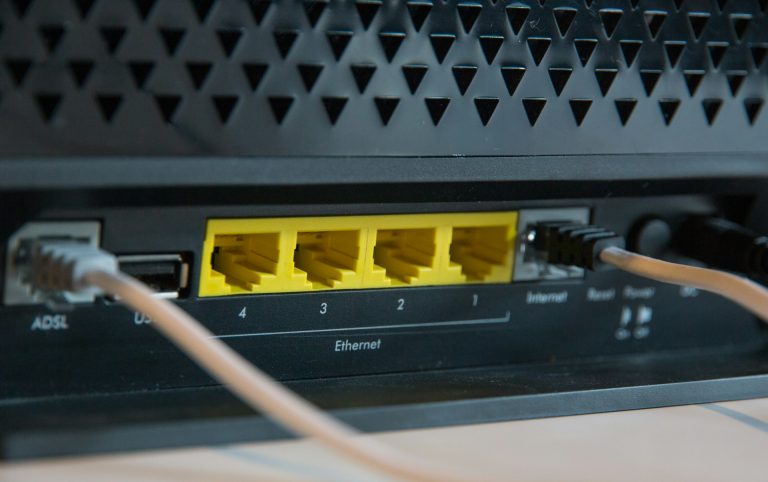What is Mesh WiFi System?
Table of Contents
If you’ve ever battled with WiFi dead zones or felt the frustration of a lagging connection in certain corners of your home, the term “Mesh WiFi system” might be the beacon of hope you need. So, what is a mesh WiFi system? Let’s dive into the world of Mesh WiFi and unravel the magic behind this technological wizardry.
What Does a Mesh System Do?
A Mesh WiFi system transforms your home into a WiFi paradise, eliminating dead spots and ensuring every nook and cranny enjoys a reliable internet connection. The magic lies in its nodes, tiny devices strategically placed around your home, communicating with each other to create a web of connectivity.
These nodes, or satellites, don’t just relay data to and from your devices; they intelligently route traffic, optimizing the network for maximum efficiency. Say goodbye to the days of frustratingly slow connections in the far reaches of your home.
What is the Difference Between WiFi and Mesh WiFi?
Traditional WiFi and Mesh WiFi are two ways you access wireless connectivity, each with its characteristics that differentiate them. First, traditional WiFi is usually more of a solo performer.
It relies on a single router to broadcast the internet signal. This router is the central hub responsible for transmitting data to and from connected devices. On the other hand, Mesh WiFi is more of a team player. Instead of relying on a single router, it consists of multiple nodes or access points you can strategically place throughout your home.
These nodes work together to ensure a seamless and consistent internet connection. Another difference is their difference in range. The reach of a traditional WiFi router is limited. Thick walls, multiple floors, or other obstacles can create dead zones where the WiFi signal struggles to penetrate.
This limitation can lead to uneven coverage throughout your home or office space. Alternately, the mesh WiFi has a better range, which is blanket-like. The interconnected nodes in a Mesh WiFi system create a blanket of coverage, extending the reach of the WiFi signal.
This eliminates the existence of WiFi dead zones, providing a reliable connection throughout your entire home. The traffic and routing management for traditional WiFi and Mesh WiFi is also different. Traditional WiFi has only a single router, meaning all the devices connected to the router compete for bandwidth.
This can result in congestion during peak usage times, leading to slower internet speeds and potential service disruptions. The Mesh system instead has intelligent routing. The nodes communicate with each other, intelligently routing data to optimize the network for maximum efficiency.
What Are the Cons of Using Mesh WiFi?
Even though a Mesh WiFi system adds the needed punch to your online life, it also has its own drawbacks. One of the main drawbacks of Mesh WiFi systems is their cost. They can be more expensive than traditional routers. However, it is beneficial in terms of coverage and performance. Therefore, it might be well worth the investment.
Next is the issue of setting up the Mesh WiFi system. Setting up a Mesh WiFi system may be more complicated than a router installation. When setting up a Mesh WiFi system, you might need to position nodes strategically, configure settings, and ensure proper communication between nodes. While user-friendly setups exist, the process can be intimidating for some.
If you live in a highly populated area, you might also face the problem of signal interference. In densely populated areas with numerous WiFi networks, there’s potential for interference between Mesh WiFi systems. This interference can affect the performance of your network, leading to reduced speeds and reliability.
The last disadvantage of having a Mesh WiFi system is the need for accurate node placement. The effectiveness of a Mesh WiFi system is highly dependent on the strategic placement of nodes. If you place the nodes poorly, it can lead to slow performance. Therefore, when you are setting up a Mesh system, carefully plan the placement of nodes to ensure you get a fast internet connection.
Can You Connect Mesh to an Existing Router?
You can integrate them with your existing router to amplify and extend your network. One of the standout features of Mesh WiFi systems is their versatility, meaning a Mesh WiFi system can seamlessly integrate with your existing router.
Connecting a Mesh WiFi system to your current setup can boost your network’s performance making your online experience more smooth.
Does Mesh WiFi Replace Routers?
Not necessarily. While Mesh WiFi systems are powerful and provide better internet coverage, they complement, rather than replace, traditional routers.
While it can replace your router, it often works best with a router.
Mesh WiFi vs Extender
Mesh WiFi systems and traditional extenders are two approaches you can use to solve a common problem of WiFi dead zones. Let’s compare Mesh WiFi and extenders to understand their strengths and weaknesses to find which one of the two might be the better fit for your needs.
While a Mesh WiFi system offers seamless Internet coverage, traditional WiFi extenders often result in patchy connectivity. They may effectively boost the signal in certain areas, but, dead zones can still exist between the router and the extender.
In addition, the Mesh WiFi system has intelligent routing, where it manages data traffic, optimizing the network for maximum efficiency. Nodes communicate with each other to ensure the most effective path for data transmission, reducing congestion and minimizing latency. However, traditional WiFi extenders can sacrifice speed in favor of coverage, resulting in speed drop-offs.
The scalability of the Mesh WiFi system is also easier than WiFi extenders. Adding more nodes to a Mesh WiFi system is generally easy, making it adaptable to changes in your living space. On the other hand, although extenders may offer a quick fix for a specific dead zone, they are less scalable compared to Mesh systems. Expanding coverage involves adding more extenders, which can lead to a more complex and less efficient network.
Unlike traditional WiFi extenders, a Mesh WiFi system offers consistent internet speed. It often provides more consistent speed across a broader area. Devices connected to a WiFi extender may not seamlessly hand over the connection as you move through your space. This manual handover can result in interruptions or delays when switching between the router and the extender.
Finally, setting up a Mesh WiFi system is simpler than setting up traditional WiFi extenders. Mesh systems offer user-friendly setups with centralized management through dedicated apps. Alternatively, setting up traditional WiFi extenders requires careful consideration of placement and potential interference.
Conclusion
When it comes to fast and reliable WiFi connection, Mesh WiFi systems stand out as the champions of connectivity. They bring harmony to your home network, ensuring every device gets the strongest internet in any part of your home, free from the disruptions of dead zones. So, if you’re tired of internet hiccups, and you crave stable, fast, and reliable internet, a Mesh WiFi system might be what your home needs.




